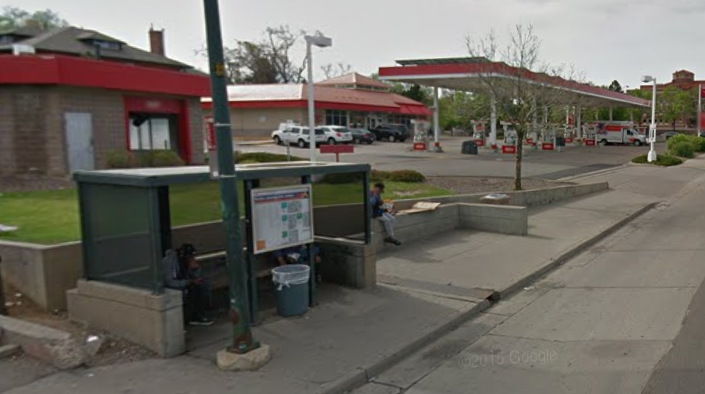Yes, Timothy Erickson’s Death Was a Failure of Street Design

The Denver medical examiner has completed an autopsy of Timothy Erickson, who was struck and killed last month while biking on Colorado Boulevard. The autopsy confirmed that Erickson was not impaired by drugs or alcohol when he was struck.

Since Erickson was hit while biking against traffic, in violation of the law, the common knee-jerk reaction has been to blame him for his own death. But the medical examiner’s report reinforces the notion that Erickson was acting rationally, given the constraints imposed by the street design.
While Erickson can’t tell his story and explain his decisions, it’s clear that biking on Colorado Boulevard is terrifying and dangerous even when used in accordance with the law. Traffic on Colorado moves at fatal speeds, and the street is full of curb cuts where turning drivers may not be looking out for people walking or biking. If you bike in the road in the direction of traffic, you have no view of the motorists coming up behind you at 40 or 50 mph. If you bike on the sidewalk (which is itself illegal), the pavement is narrow, cracked, and obstructed.
People on bikes often decide to break the law based on a rational assessment of Denver’s streets. Sure, Erickson was responsible for making his own decisions, but those decisions, made with a clear head, were based on the built environment around him.
Blaming Erickson for his own death exemplifies an outdated mentality that puts the onus for safety on the most vulnerable people on the street. Policy makers who are committed to reducing traffic fatalities don’t look at it that way. Instead of pinning the blame on Erickson, they would seek to understand how his death could have been prevented, given what we know about streets and human behavior.
What if Colorado Boulevard wasn’t designed for high motor vehicle speeds? What if there was dedicated space for cycling, so people on bikes could actually avoid dangerous traffic? Would Erickson be alive today?
Those are the questions Denver would ask if the city was serious about Vision Zero — the goal of eliminating traffic deaths. Mayor Michael Hancock has committed to Vision Zero verbally, but has yet to back up his words with action.


